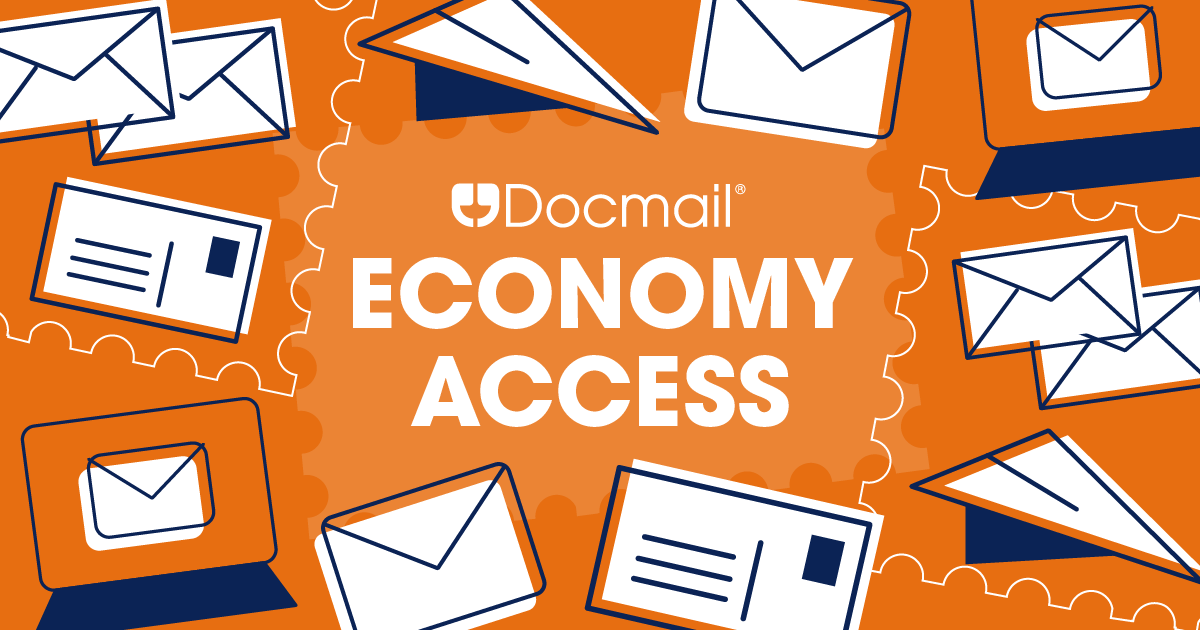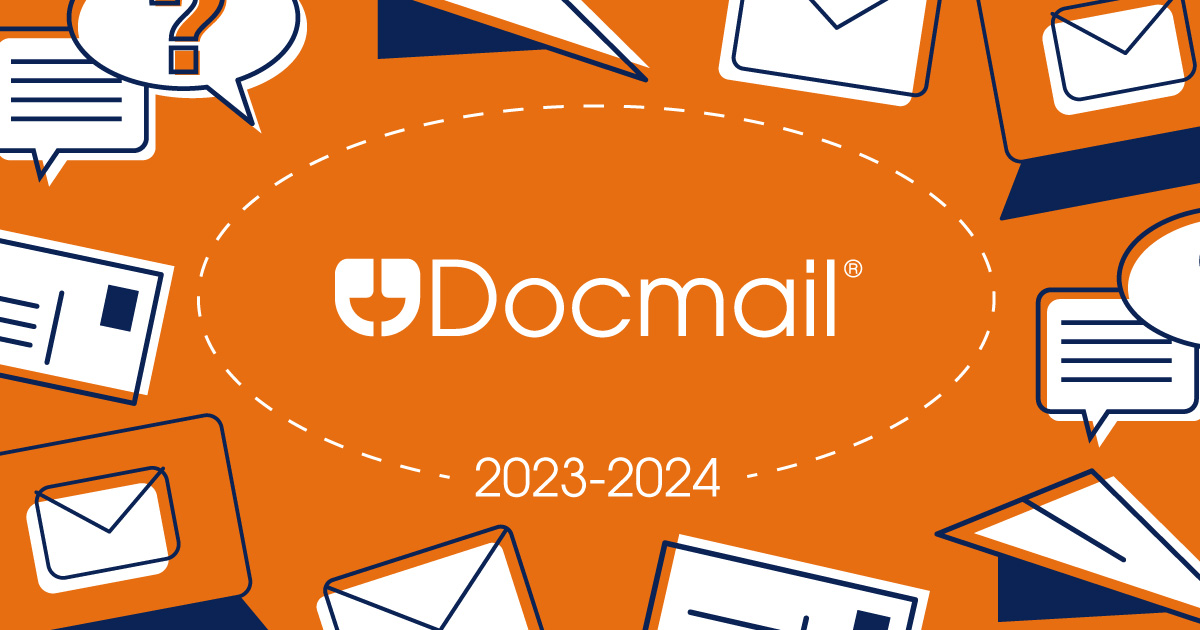Whether you’re an SME, a large enterprise or a third-sector company, the costs associated with communicating with clients can amass to large amounts. With many companies looking to reduce their costs in general, you may be looking at ways your business can generate savings within your communication costs.
However, while saving money is desired, a company needs to evaluate if the reduction in costs out-weigh the other elements of successful communication. For example, it’s not worth the savings if in doing so, you have to compromise the quality of the communication or security, which could decrease the chances of it being opened or interreacted with.
So, how can businesses streamline communication costs, while ensuring the quality, turnaround time and delivery of the documents remain to a high standard? In this article, we can explain how you can do just that, by utilising hybrid mail services.
Hybrid mail takes the process of sending physical postal communications and digitalises it, by streamlining the creation process online. It is a secure, fast, online alternative method of producing and sending highly personalised documents to end audiences.
Hybrid mail services are becoming increasingly popular in helping manage and send business critical communications, bulk mailings and everyday communication touchpoints, and can be adopted instantly. They have a range of benefits, including design flexibility with the documents you can send, the ability to use it across departments, it’s a great way to improve existing services and it reduces your carbon footprint.
Hybrid mail services also have a range of cost-saving benefits which include:
One of the biggest savings hybrid mail offers is in postage. Towards the end of 2022, a Second Class stamp was 68p alone. Whereas the average cost of sending a letter through a hybrid mail service is often a lot less. For example, using CFH’s solution Docmail is 65p (plus VAT) for a single-sided black and white letter, which includes production and postage.
Hybrid mail suppliers can offer this through partnerships with postal delivery organisations including Royal Mail, Whistle and the like, to offer reduced rates through the volume of post they send.
It means that organisations who utilise hybrid mail, benefit from this directly as you can send a whole document for less than the cost of a Second Class stamp.
Producing, printing, enclosing and posting documents take up a lot of time for staff.
If the average employee is being paid £16.60 per hour, and you estimate the time to do all of the above takes 3 minutes per letter, so 20 letters an hour, this would result in the cost of the person producing the document to be 83p per letter, which is extremely costly.
If you take the average time of 3 minutes per letter, it would take 50 hours to send 1000 letters. However, with hybrid mail services, you can send a document to 1000 recipients in a few minutes. This not only saves staff time but streamlines the process so that employees can be used in other higher-value tasks.
The additional benefit of this is that by using a hybrid mail solution and saving staff time, an employee’s time can then be spent on other, more valuable, business activities.
Hybrid mail takes away the necessity for the physical materials required to send traditional mail. Hybrid mail services digitalise the process, with the supplier sending the physical documents on your behalf, meaning that you no longer need to spend on paper, envelopes, ink and stamps.
This can provide huge savings for a company, as the average cost of materials to produce one letter are:
That’s an average of 3p just for the materials, which may not seem like a lot, but if you are sending 1000 letters, that’s £30 alone on materials.
This figure also doesn’t factor in postage or the man-time to produce these documents. If you factored all of these elements in, the average cost to send a single-sided black & white letter in-house would be £1.54, compared to Docmail’s 65p (plus VAT).
Because hybrid mail is a digitalised process, it can be used in any location. As long as you have a laptop and an internet connection, you can send mailings from wherever you may be, be it at home or in the office.
This flexibility means that employees who are home-working or hybrid still have the facility to send business communications, so there is no requirement to pay additional office staff to do so.
Many hybrid mail services enable businesses to have multiple users on an account, which means that companies can use the solution company-wide across all departments.
This not only makes it more convenient for staff but also ensures that your company’s communications remain consistent in their design because you can use a document library that everyone can access. This also keeps delivery consistent because all documents will follow the same creation and dispatch process.
Brand consistency is a key element for businesses as it evokes trust, which will ultimately save you money. It is easier to onboard and maintain those who trust you, so you won’t have to invest as much money to do so.
Finding a supplier you can trust can be difficult, so it’s often helpful to find one that’s industry-leading and trusted. Here at CFH, we have just that, with our hybrid mail service, Docmail.
To find out more about Docmail and see how it can benefit your business, fill in the form below to request a call with one of our dedicated representatives.


Structured Credit Communications For Leading Agri-Food Organisation
Surrey County Council Sought to Optimize Print/Post Services Across Departments. We Helped Transform Their Services With Our Industry Expertise.
The block management software providers at Blocks Online experienced considerable growth upon integrating a reliable mailing method and API connection.
Keen to adopt a more efficient way of printing, packing and posting their time-sensitive paper communications, High Mill has embraced the Docmail Print Driver.
Simplified Patient Communication For Lung Health Check Programme






Fife-based Electricity Asset Services, specializing in electrical and civil engineering, employs CFH's Docmail system for improved communication with Scottish Power and staff.














